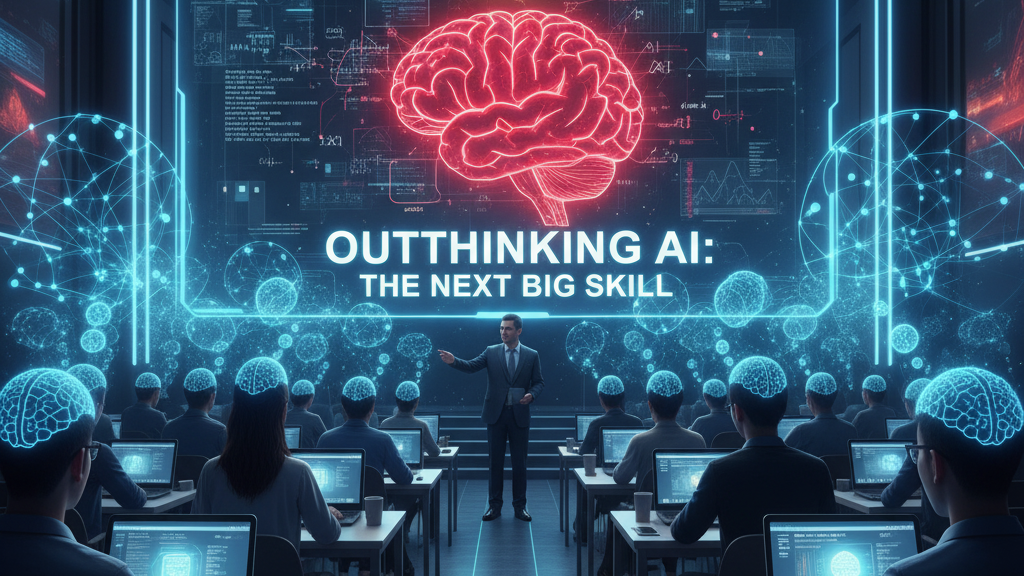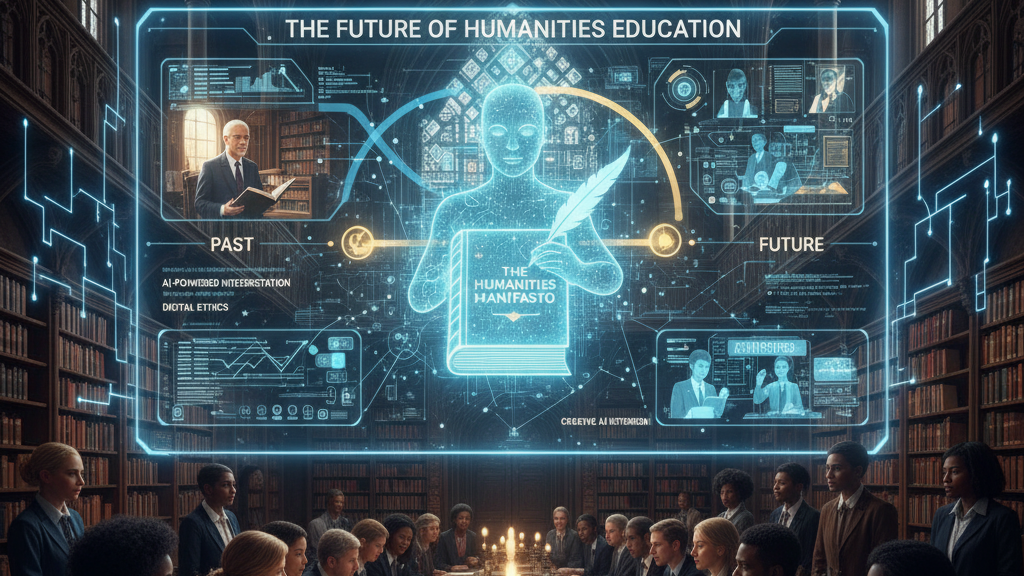
Source
Gulf News
Summary
At Gulf News Edufair 2025, education leaders argued that as AI becomes better at recalling facts, the real skill universities must teach is how to outthink AI. That means equipping students with judgment to critique AI outputs, detect bias or hallucinations, and interrogate machine-generated suggestions. Panelists emphasised embedding reflective routines, scaffolded assessment, and toolkits (e.g. 3-2-1 reflection, peer review) so students must pause, question, and add human insight. The shift demands rethinking course design, teaching methods, and assessment strategies to emphasise reasoning over regurgitation.
Key Points
- AI can reliably recall facts; the human task is to question, judge, and contextualise these outputs.
- Reflection must be built into learner routines (journals, peer reviews, short prompts) to avoid blind acceptance.
- Toolkits should reshape how content is structured and assessed to push students beyond surface use.
- AI literacy is not optional: students must grasp bias, hallucination, model mechanisms, and interpret AI output.
- Interdisciplinary exposure, structured critical prompts, and scaffolding across curricula help broaden perspective.
Keywords
URL
Summary generated by ChatGPT 5


